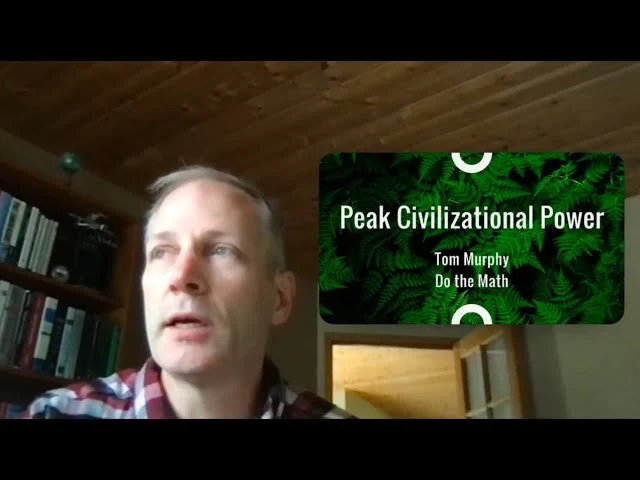8
Falling fertility rates in most of the world put us on track to reach the global peak rate of energy use ahead of the actual population peak, as early as 10 years from now if the trends of the last decade persist. Marking a major turning point, the decline of the post-peak world will involve many transformations—and not all bad. It is not too early to think about how our priorities and values might change in the second half of this century. Full details can be found at Do the Math in the associated post: https://dothemath.ucsd.edu/2024/06/brace-for-peak-impact/
Chapter Content:
00:00 Intro
00:37 Why It Matters
01:52 Fertility around the World
02:53 UN TFR Model
03:38 Alternate TFR Model
04:27 UN Survival Model
04:51 U.S. Life Expectancy
05:26 Flattening Survival Model
06:06 Power per Capita
06:46 Model Results
08:18 Limits to Growth and Reflections
12:05 Do the Math and Closing



This makes sense for mid-latitudes, but the timing of peak power will depend on how much energy the current youth in India and children in central Africa will aspire to use as they get older. That’s hard to ‘predict’ - it’s their choice of development pathway, but hope they don’t follow China’s route with so much cement, steel, roads, there are other options.
The global south will need a lot of air conditioning to simply survive. However, a lot of that energy should be carbon neutral if renewable trends continue.